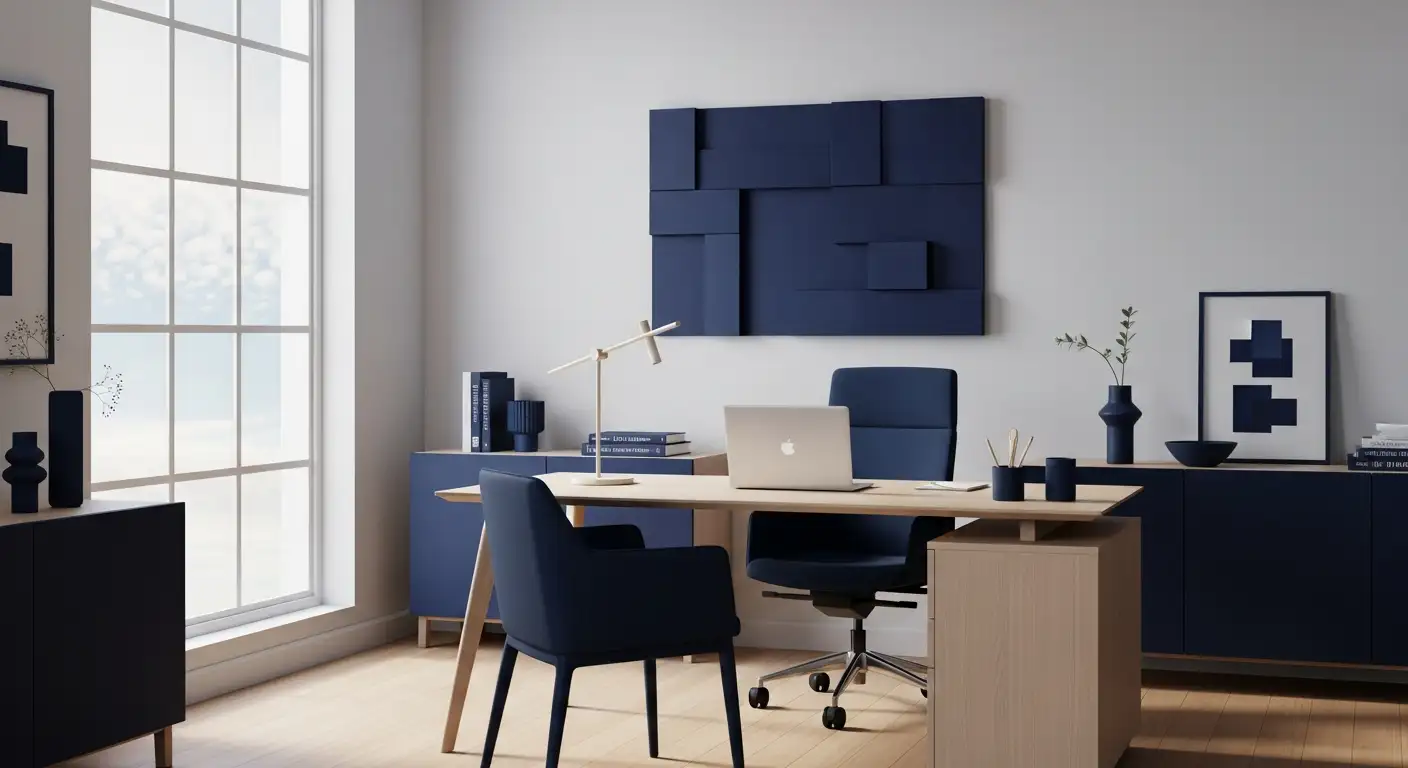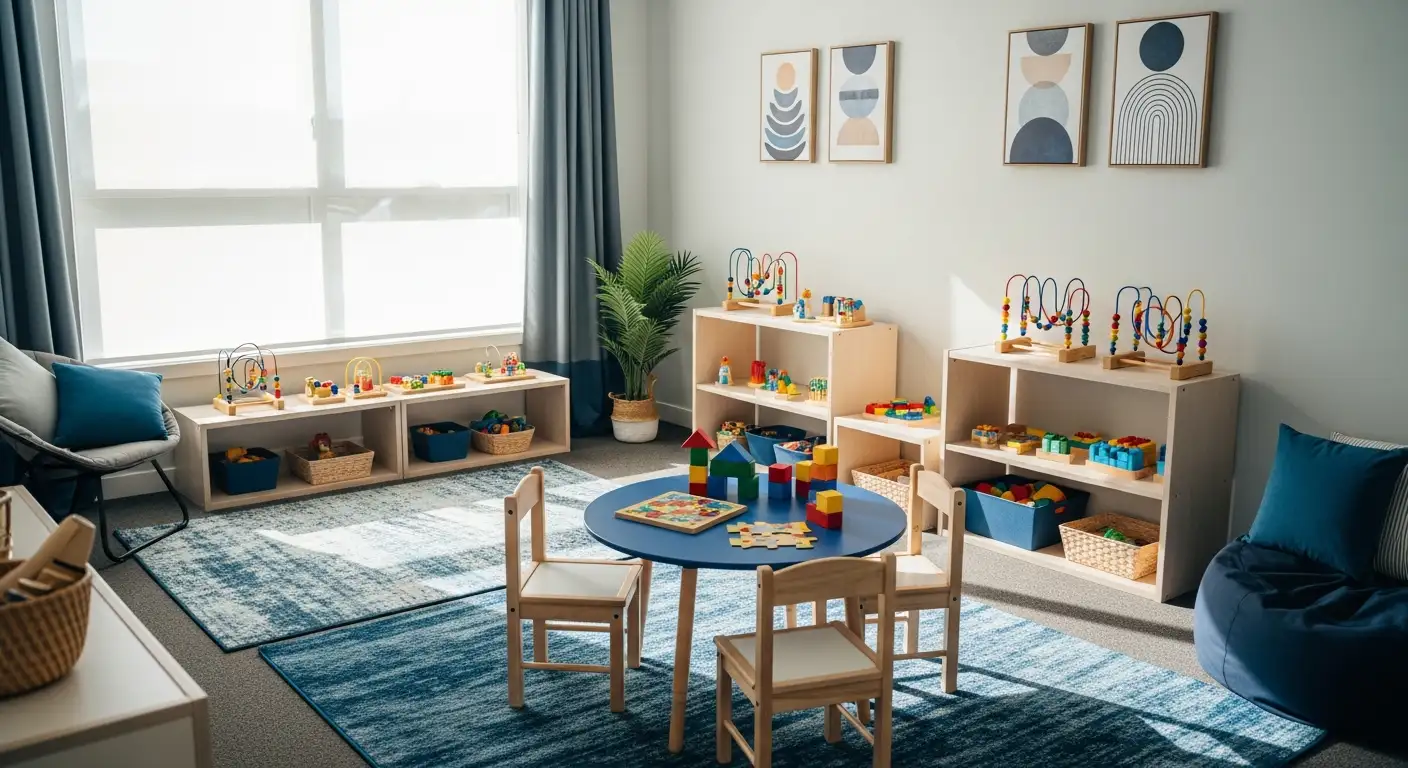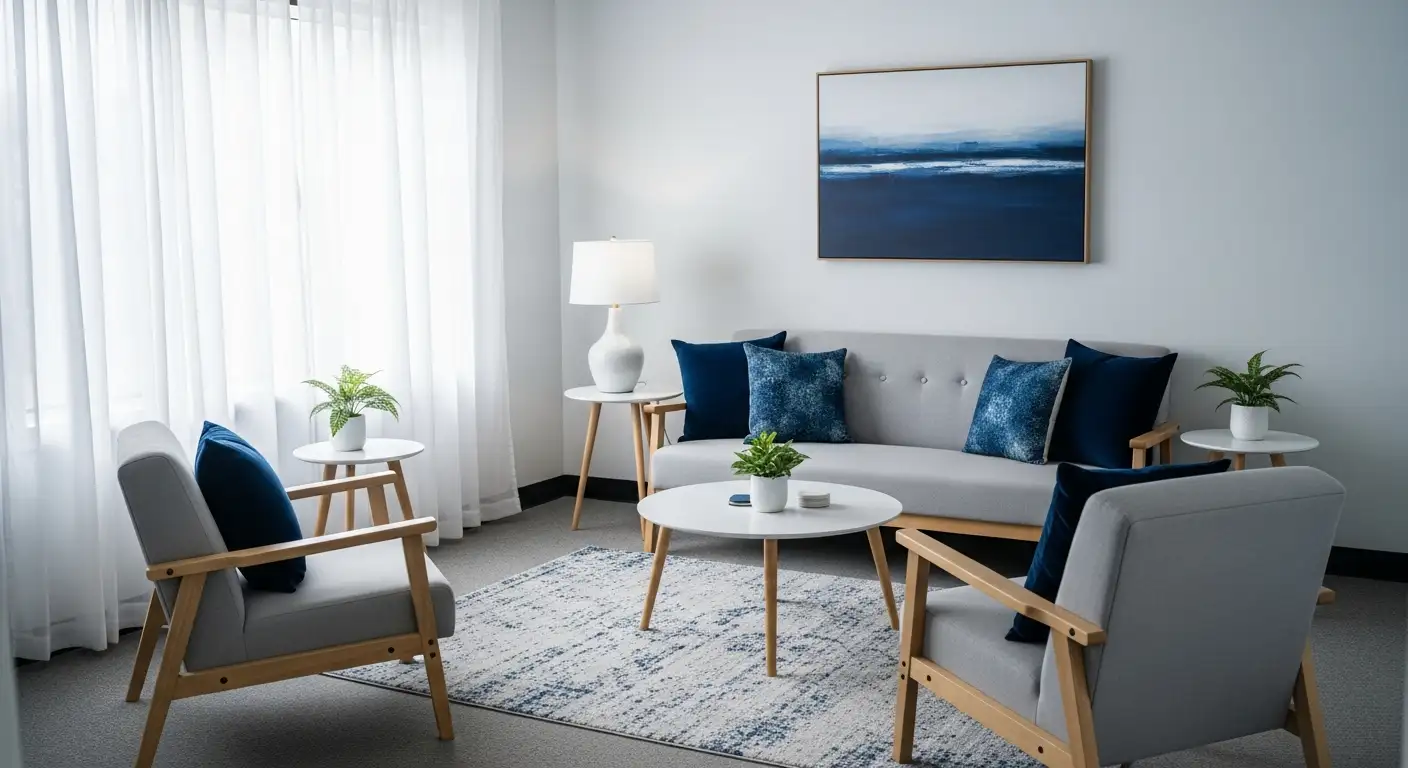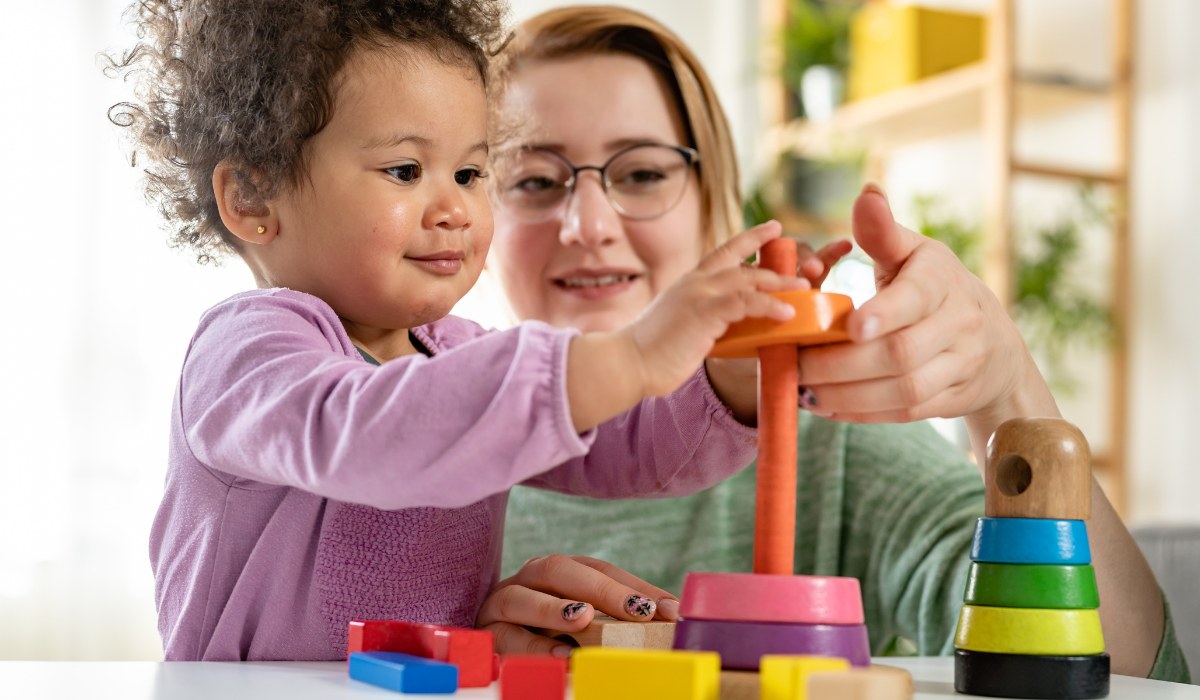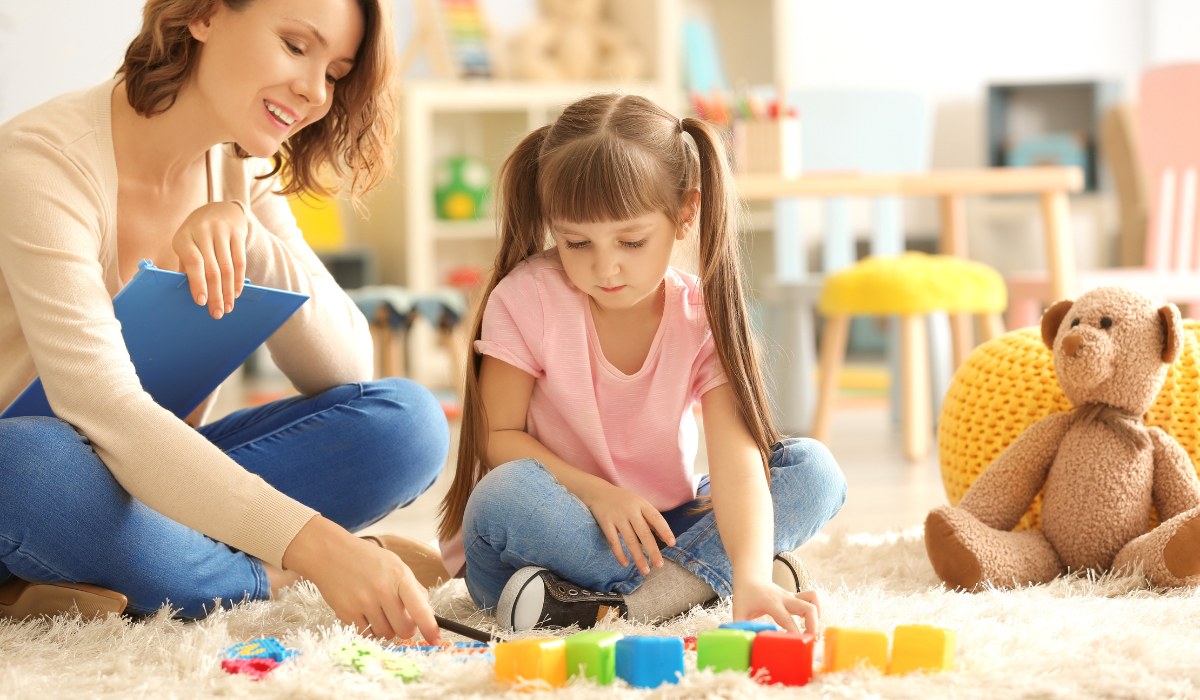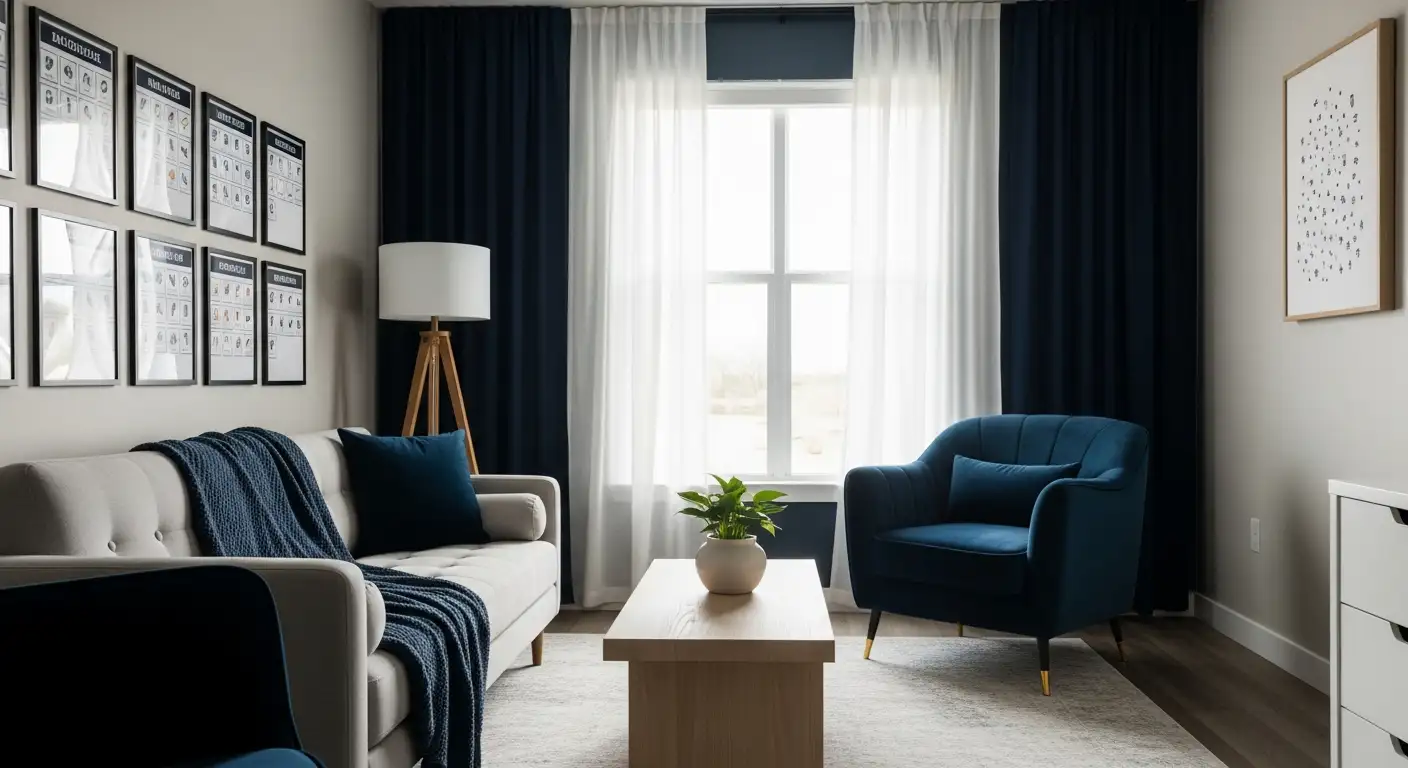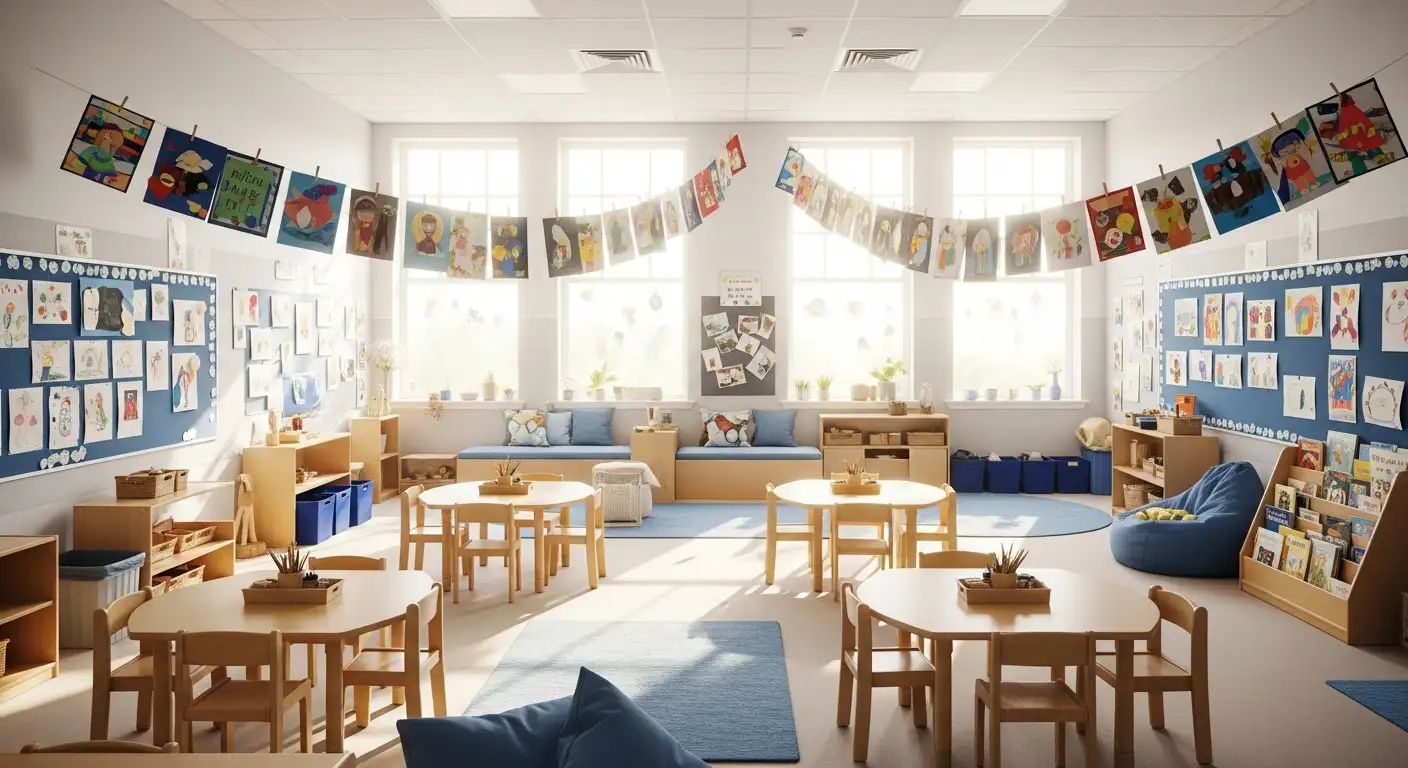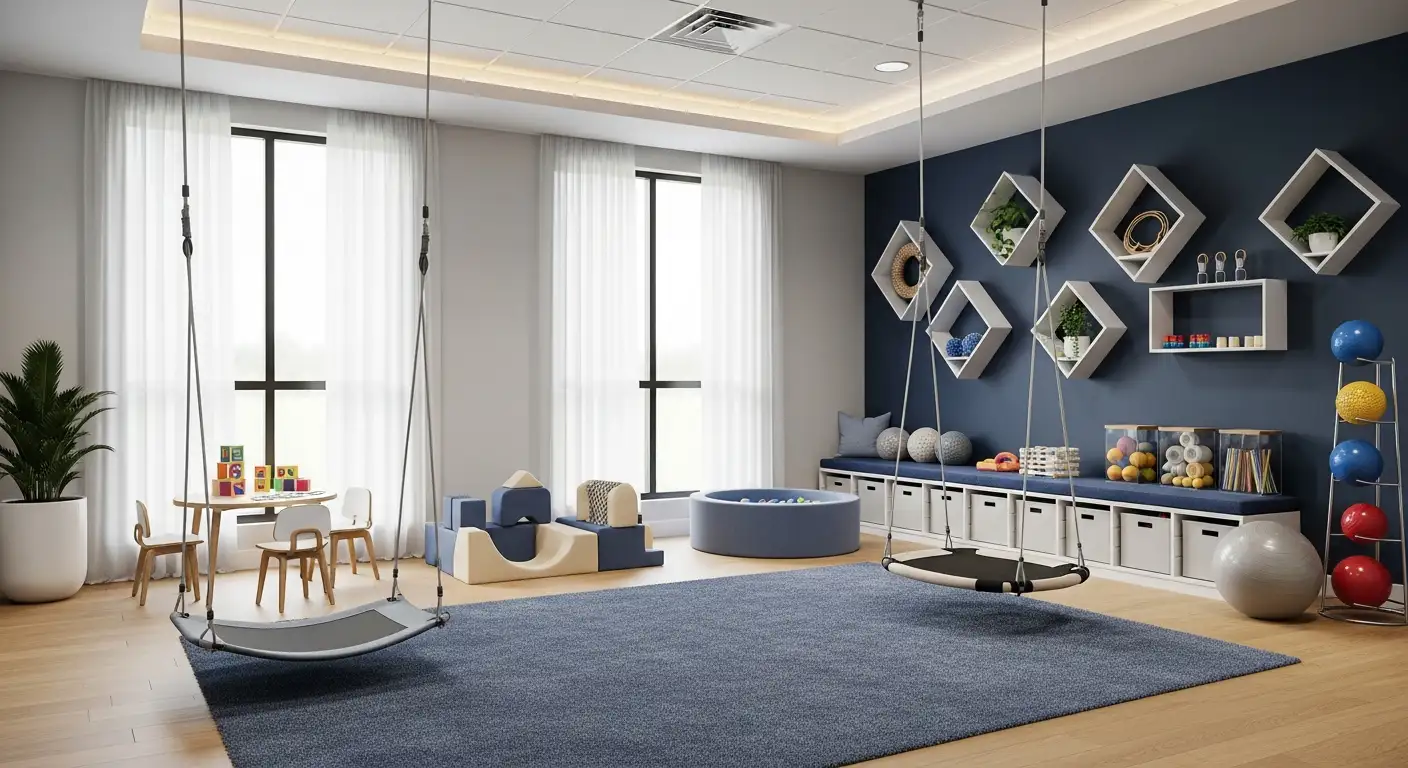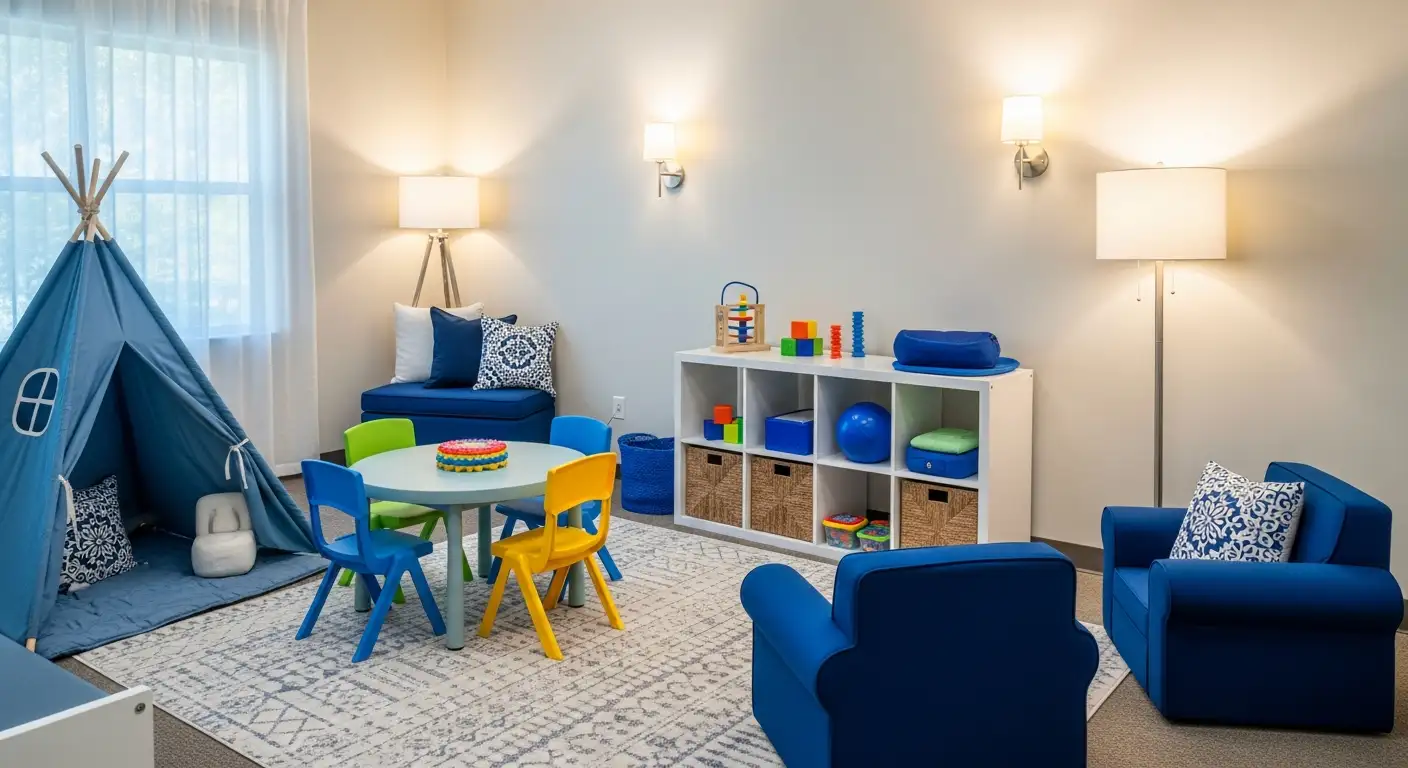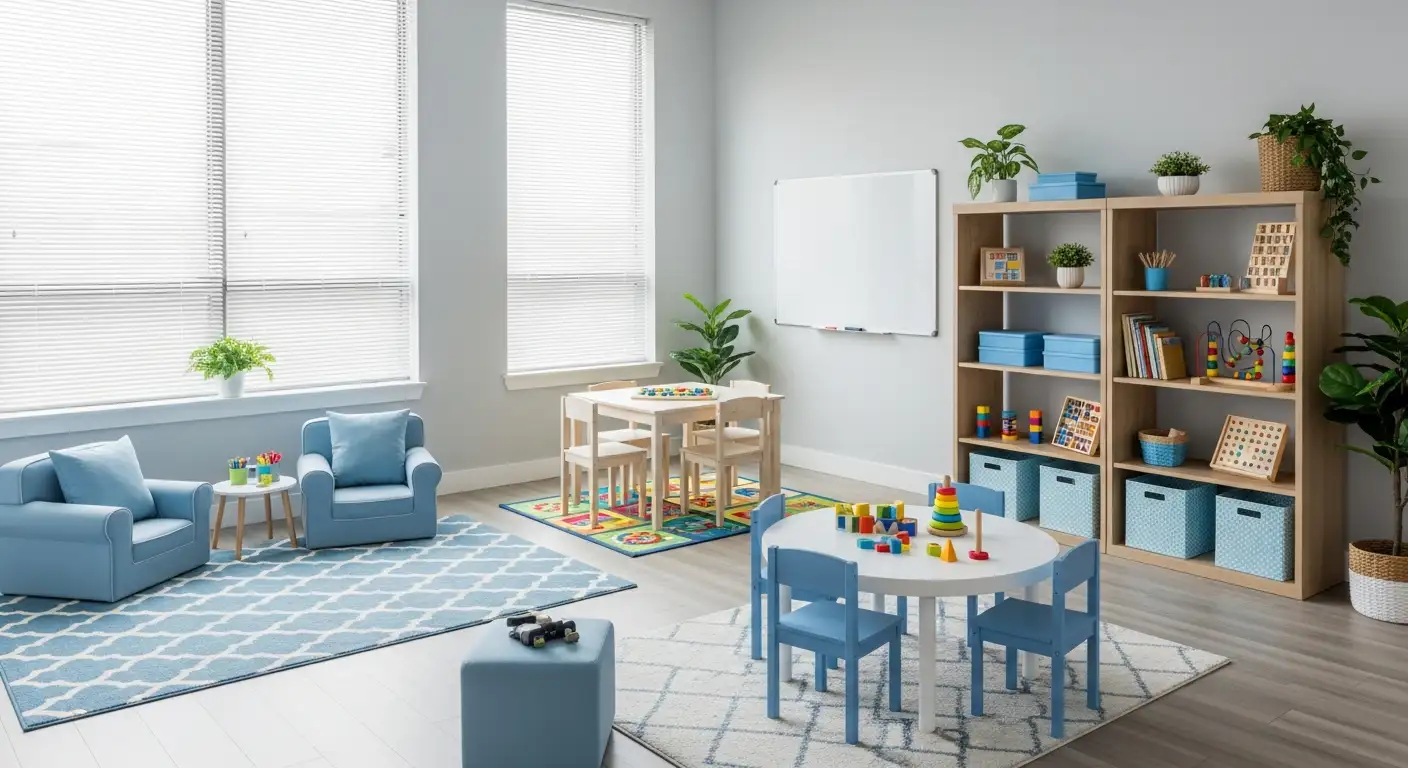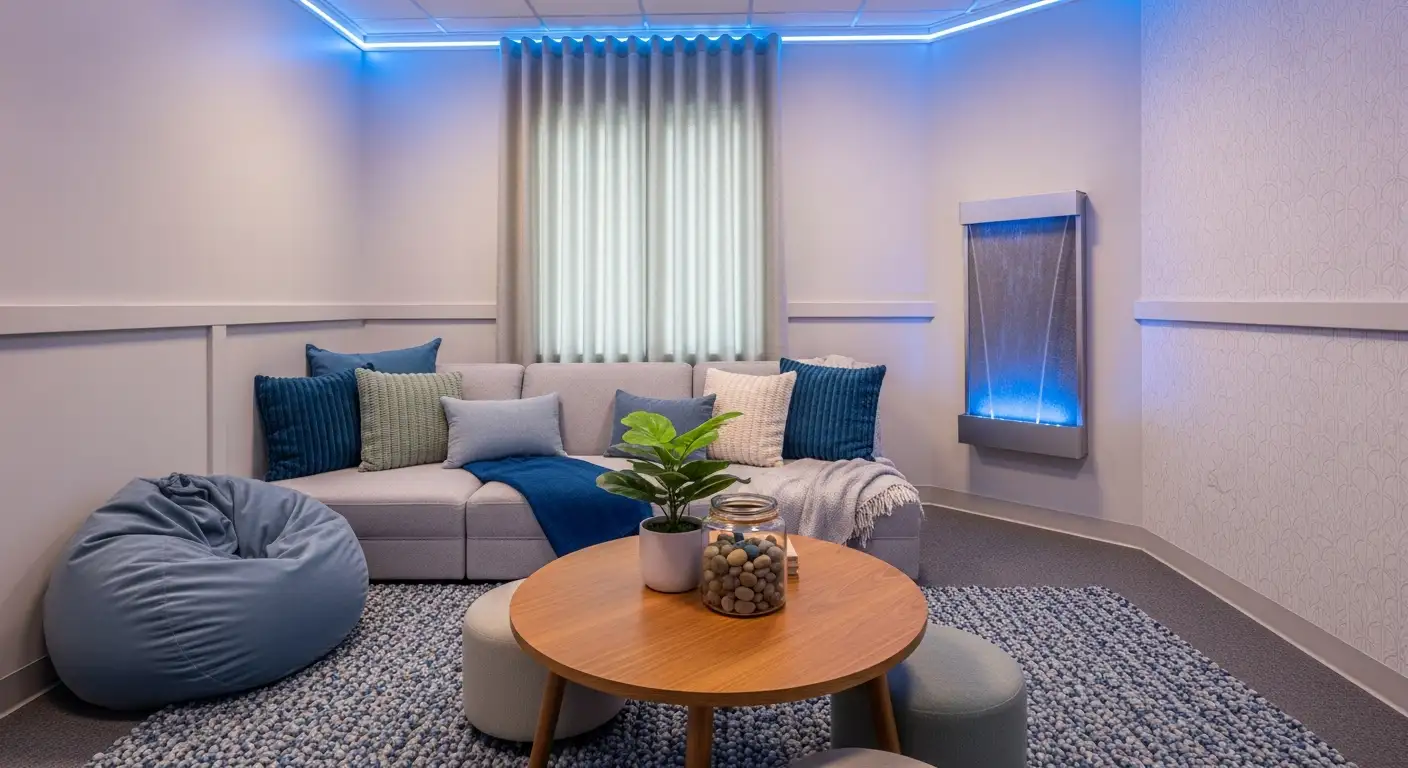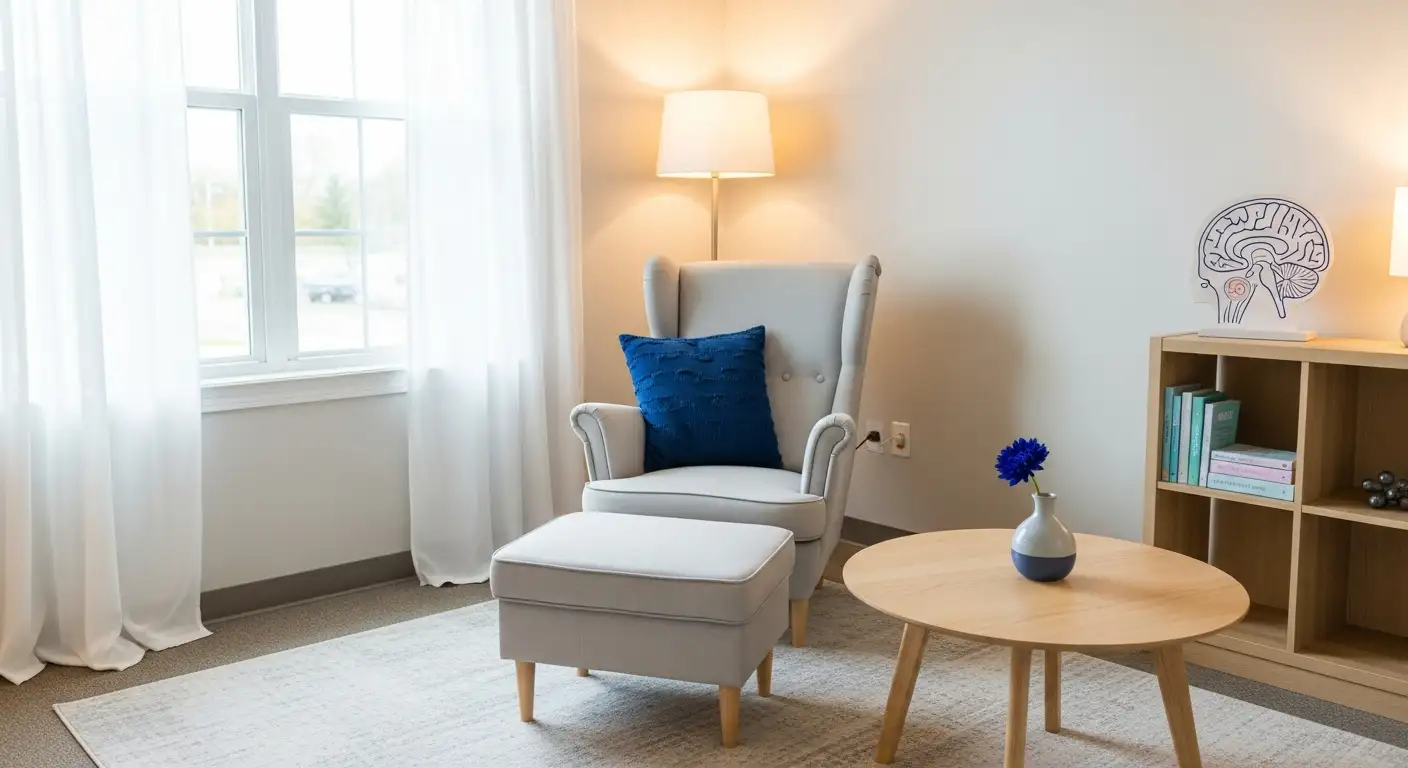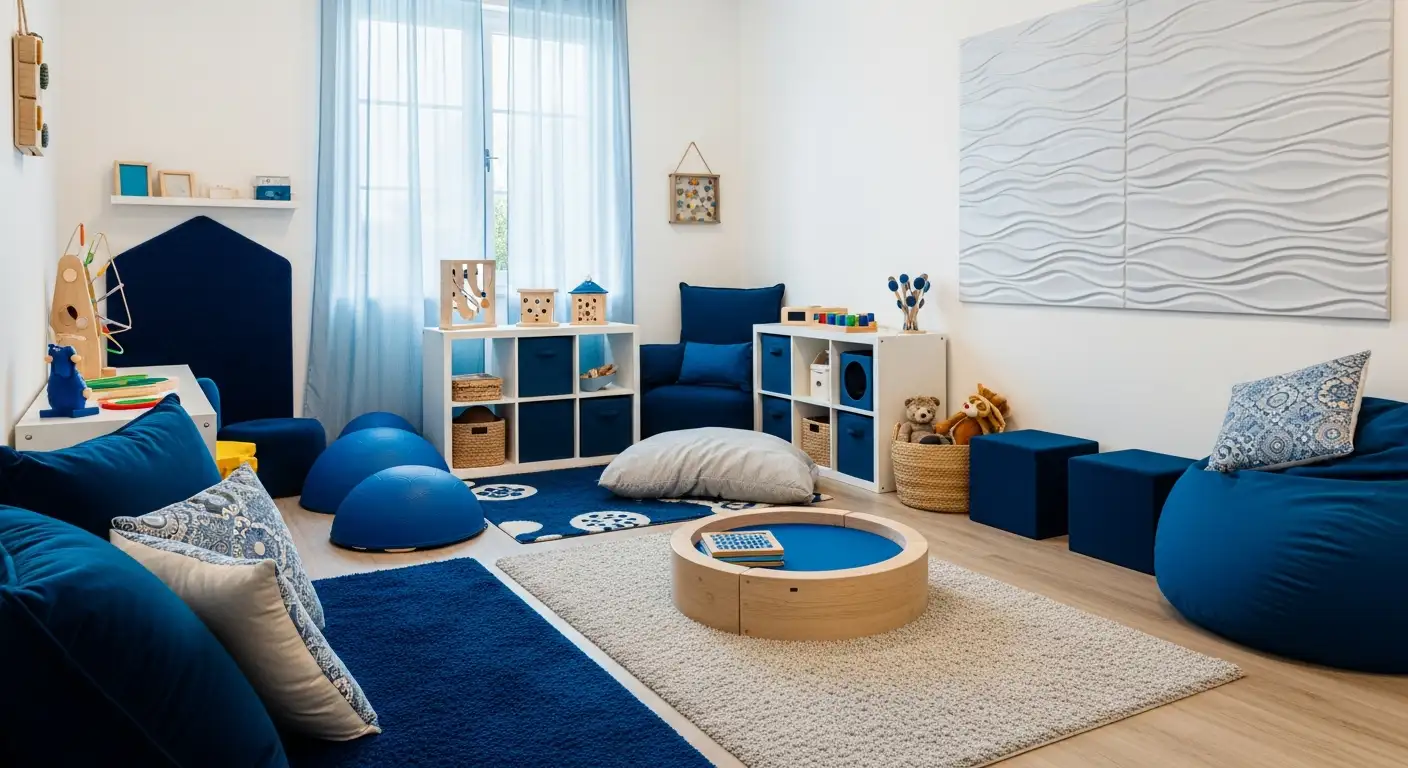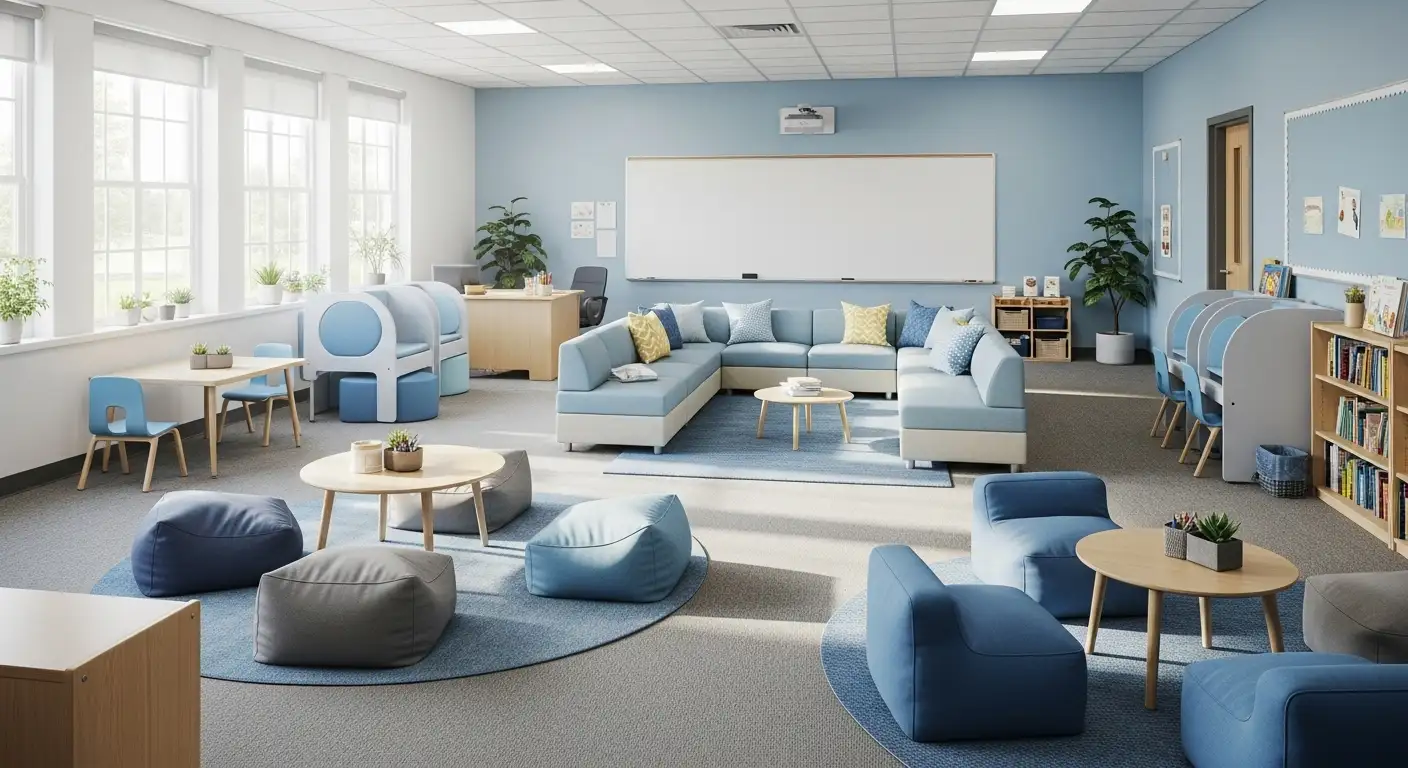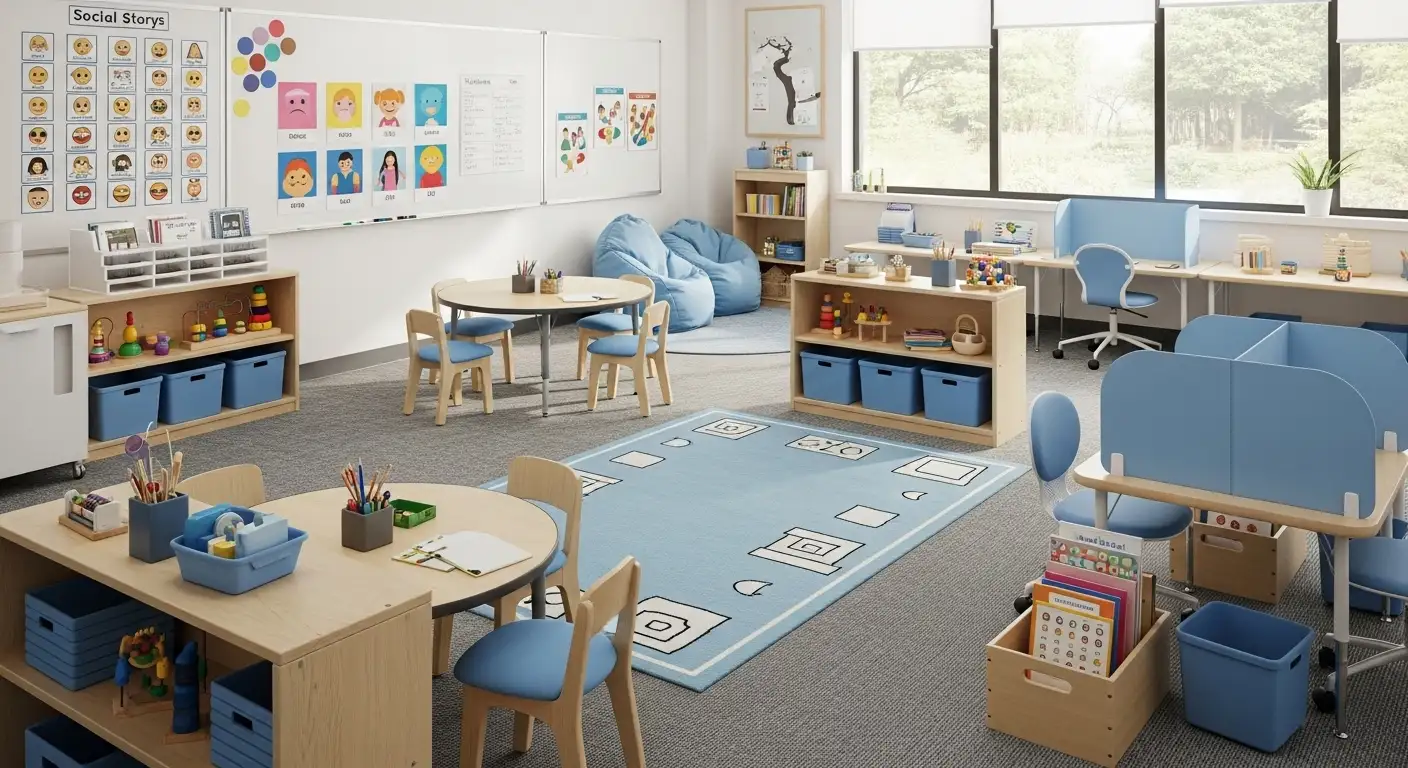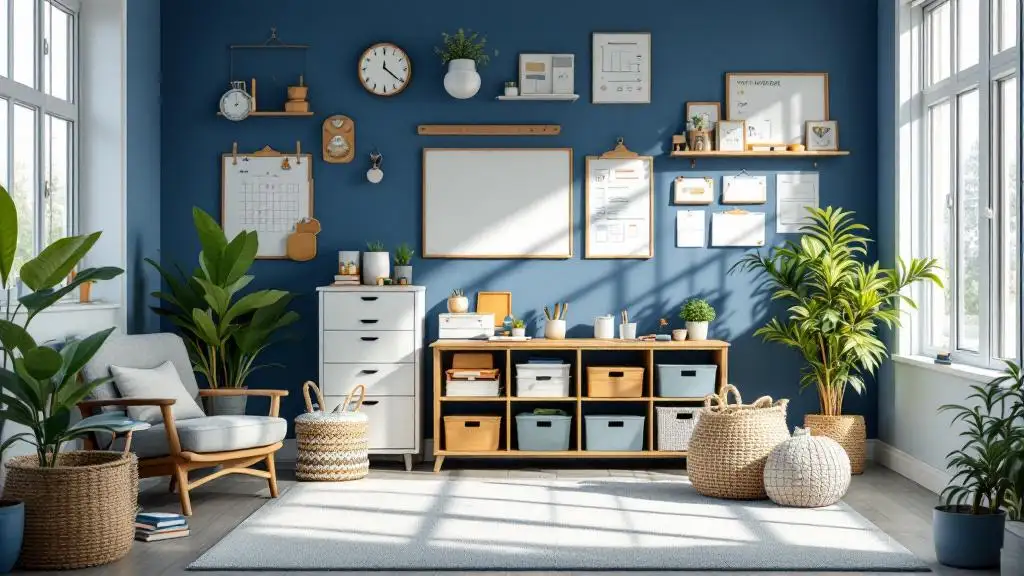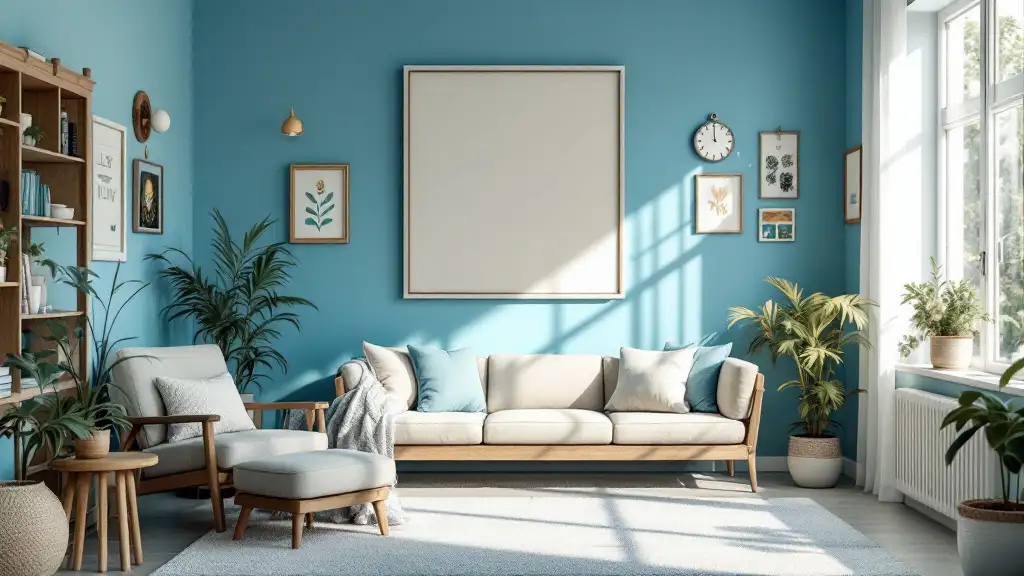Prompt Hierarchy in ABA: What Parents Must Know
Understand the prompt hierarchy in ABA and how it helps your child gain independence while learning new skills effectively.

Key Points:
- Understanding the prompt hierarchy in ABA helps children gain independence while learning new skills effectively.
- Different types of prompts—physical, verbal, visual, and gestural—are used strategically to teach new behaviors without fostering dependency.
- Parents play a critical role in reinforcing ABA strategies at home, bridging therapy with daily routines for better outcomes.
When your child is learning new skills in ABA therapy, prompts are a cornerstone of instruction. These supportive cues guide a child toward the correct behavior, helping them gain confidence and independence. Yet, prompts can be confusing for parents who aren’t trained in ABA. Knowing the hierarchy and purpose of each prompt type empowers you to support your child effectively, whether during therapy sessions or at home.
ABA therapy is designed to provide structured learning while ensuring each child develops independence. Understanding the prompt hierarchy is essential to seeing how ABA strategies work and how you can actively participate in your child’s learning journey.
What is a Prompt Hierarchy?
A prompt hierarchy is essentially a structured way of providing assistance to a child as they learn new skills. The goal is to offer just enough support to help the child succeed while gradually reducing that support until they can perform the behavior independently.
Think of it as a ladder: each rung represents a level of help. ABA therapists start at the top with more intrusive prompts and gradually move down toward less intrusive, more natural cues. This ensures the child doesn’t become dependent on prompts while still experiencing success.
In practical terms, prompt hierarchies help children with autism:
- Learn complex skills step by step.
- Build confidence in their abilities.
- Reduce frustration from repeated errors.
- Gain independence in daily routines, like brushing teeth, dressing, or requesting items.
Understanding the types of prompts and how they fit into the hierarchy is key to supporting your child effectively at home.
5 Types of Prompts in ABA Therapy
Before diving into the hierarchy, it’s important to know the common prompt types therapists use. Each type has a purpose and fits into the overall strategy of fading prompts gradually.
1. Physical Prompts
Physical prompts involve guiding your child’s body to perform an action. Examples include:
- Hand-over-hand assistance to place a puzzle piece.
- Gently guiding a child’s arm to throw a ball.
Physical prompts are highly intrusive and are usually used when a child is first learning a skill. The therapist carefully reduces physical guidance as the child begins to understand the task.
2. Verbal Prompts
Verbal prompts are spoken instructions or cues to guide behavior. Examples include:
- Saying “clap your hands” to encourage a child to follow along.
- Providing short, clear instructions like “touch nose” or “sit down.”
These prompts can range from direct (“Do this now”) to more subtle hints (“Where does your hand go?”). Verbal prompts are less intrusive than physical prompts but still provide clear guidance.
3. Gestural Prompts
Gestural prompts use hand movements, pointing, or other nonverbal gestures to indicate the desired action. Examples include:
- Pointing to a toy to encourage reaching.
- Waving toward a chair to prompt sitting.
Gestural prompts are minimally intrusive and often paired with verbal prompts to reinforce understanding.
4. Visual Prompts
Visual prompts rely on pictures, symbols, or written words to guide behavior. Examples include:
- Picture cards showing steps to brush teeth.
- A visual schedule that outlines daily routines.
Visual prompts are especially helpful for children who respond better to seeing information rather than hearing or feeling it.
5. Model Prompts
Modeling involves demonstrating the action for the child to imitate. For example:
- Showing a child how to stack blocks before asking them to try.
- Demonstrating a greeting or social skill before expecting the child to perform it.
Model prompts are effective for teaching imitation, social skills, and motor tasks.

How the Prompt Hierarchy Works
The hierarchy is about moving from more supportive prompts to less intrusive ones, eventually reaching independence. Here’s a breakdown of a typical sequence:
- Full Physical Prompt – Guiding the child’s body to perform the entire action.
- Partial Physical Prompt – Providing minimal hand-over-hand support only for tricky parts.
- Model Prompt – Demonstrating the skill for the child to copy.
- Gestural Prompt – Using pointing or hand gestures as cues.
- Verbal Prompt – Giving clear verbal directions.
- Indirect Prompt – Subtle hints or questions to trigger the behavior.
- No Prompt (Independent Response) – Child performs the skill without assistance.
ABA therapists closely monitor progress at each stage. If a child struggles at a less intrusive level, they may briefly return to a higher level before gradually fading again. This ensures success while building confidence.
Benefits of Using a Prompt Hierarchy
Understanding and using the prompt hierarchy in ABA provides several practical advantages for parents and children:
- Promotes Independence: Gradually reducing prompts teaches children to perform skills on their own.
- Reduces Frustration: Structured guidance helps prevent repeated failures.
- Encourages Learning: Children associate correct behaviors with positive outcomes, reinforcing motivation.
- Supports Generalization: Skills learned with prompts can be applied in multiple settings, from home to school.
- Enables Tailored Instruction: Therapists can adjust prompt levels to match the child’s needs.
Parents can also benefit by knowing when and how to step in, ensuring consistency between therapy sessions and daily routines.

How Parents Can Support Prompt Hierarchy at Home
Parents play a crucial role in reinforcing what their child learns during ABA sessions. Here’s a practical guide to using prompts effectively at home:
- Observe and Learn: Watch your child’s therapist model prompts during sessions. Take notes on the types and levels of prompts used.
- Use Consistent Language: Replicate verbal cues and instructions at home to avoid confusion.
- Fade Prompts Gradually: Encourage independence by slowly reducing support. If your child relies too much on a gesture or physical cue, step back and let them attempt the skill.
- Incorporate Prompts into Daily Routines: Use prompts naturally during meals, hygiene routines, and play activities.
- Celebrate Small Wins: Reinforce each attempt with praise or small rewards, even if the skill isn’t fully mastered yet.
Consistency between home and therapy sessions maximizes skill acquisition and helps children generalize what they’ve learned.
Common Mistakes Parents Should Avoid
Even with the best intentions, some common errors can slow progress or create dependence:
- Overprompting: Providing too much help prevents the child from trying independently.
- Skipping Prompt Levels: Jumping straight to minimal prompts may lead to frustration or repeated errors.
- Inconsistent Use: Mixing different prompt types or levels unpredictably can confuse the child.
- Ignoring Reinforcement: Prompting without pairing with positive reinforcement limits motivation and skill retention.
Awareness of these pitfalls ensures parents can support their child effectively without undermining therapy goals.

Guiding Your Child Toward Independence with ABA
Understanding the prompt hierarchy in ABA therapy can feel empowering for parents, because it gives you practical tools to help your child learn new skills with confidence and independence. By seeing how prompts move from hands-on guidance to gentle, subtle cues, you can support your child in a way that encourages growth while nurturing their autonomy.
At Attentive Autism Care, our ABA therapy programs are thoughtfully designed to incorporate prompt hierarchies tailored to each child’s unique needs. With structured guidance, children gain the independence to master new skills, and parents gain the insight and confidence to support progress every day.
Whether your child is building basic routines, developing social skills, or learning more complex behaviors, understanding and embracing the prompt hierarchy is a meaningful step toward helping them thrive. Reach out today to explore ABA therapy in Nebraska, Utah, Colorado, North Carolina, Maryland, or New Mexico and take the first step in empowering your child to reach their full potential.



